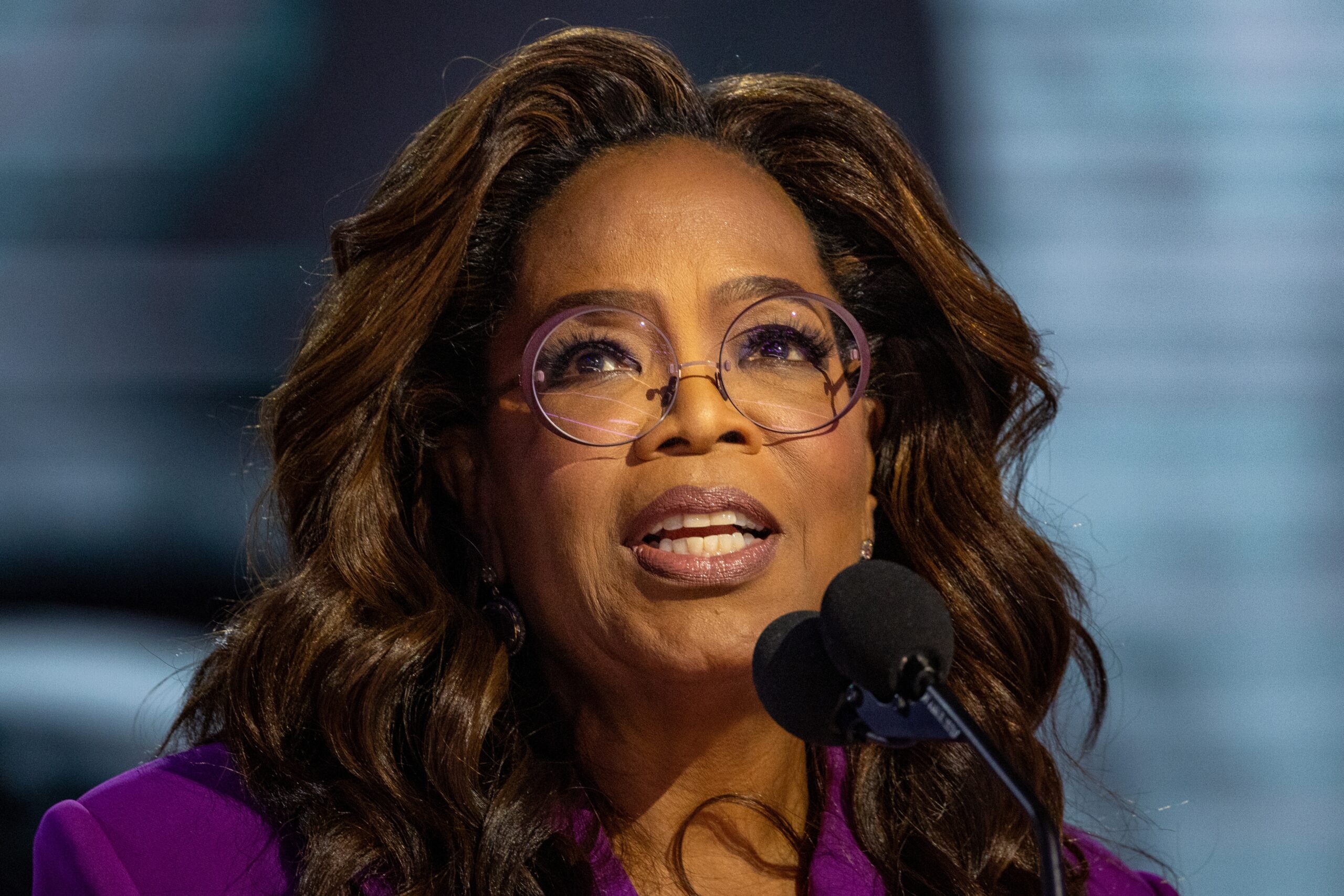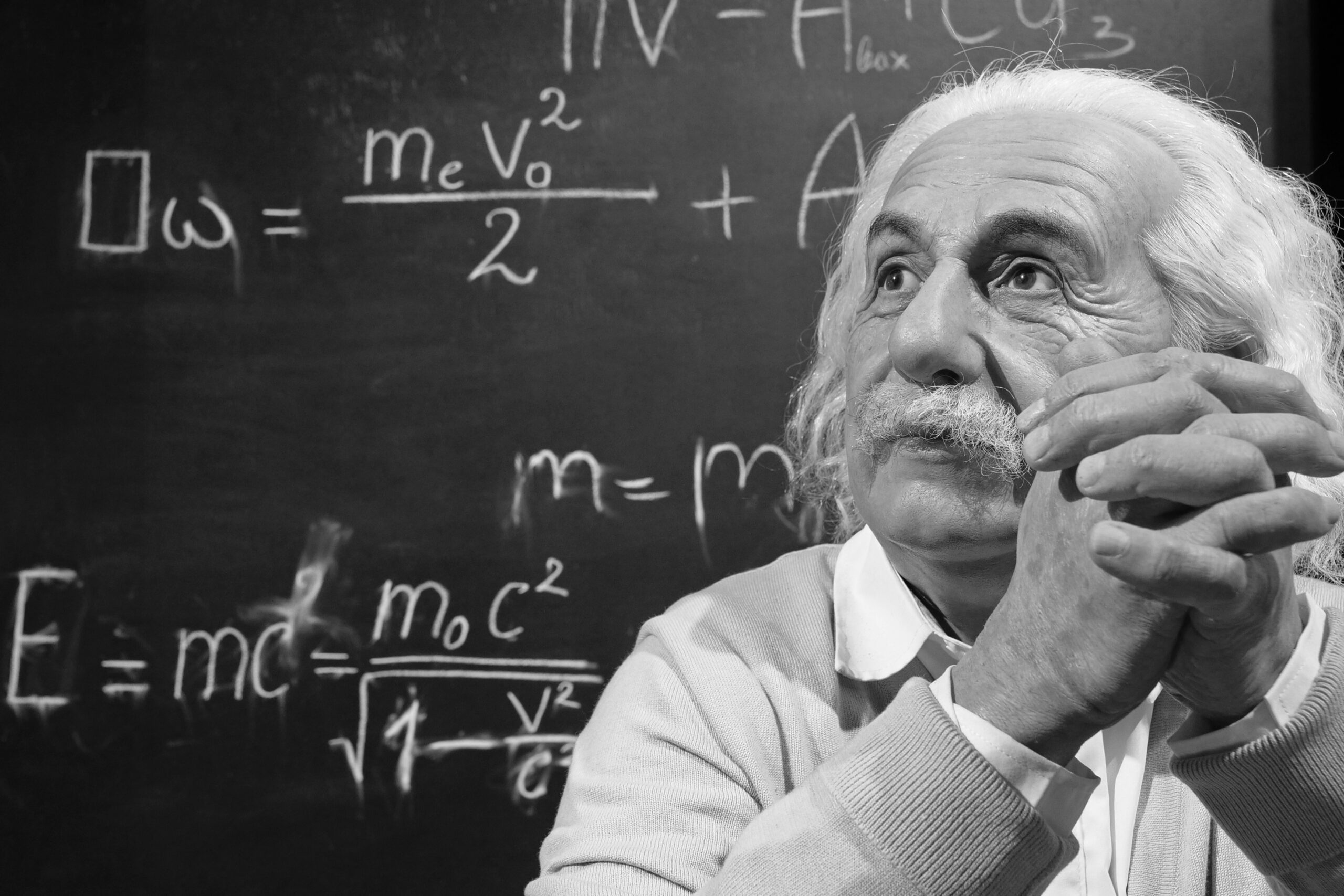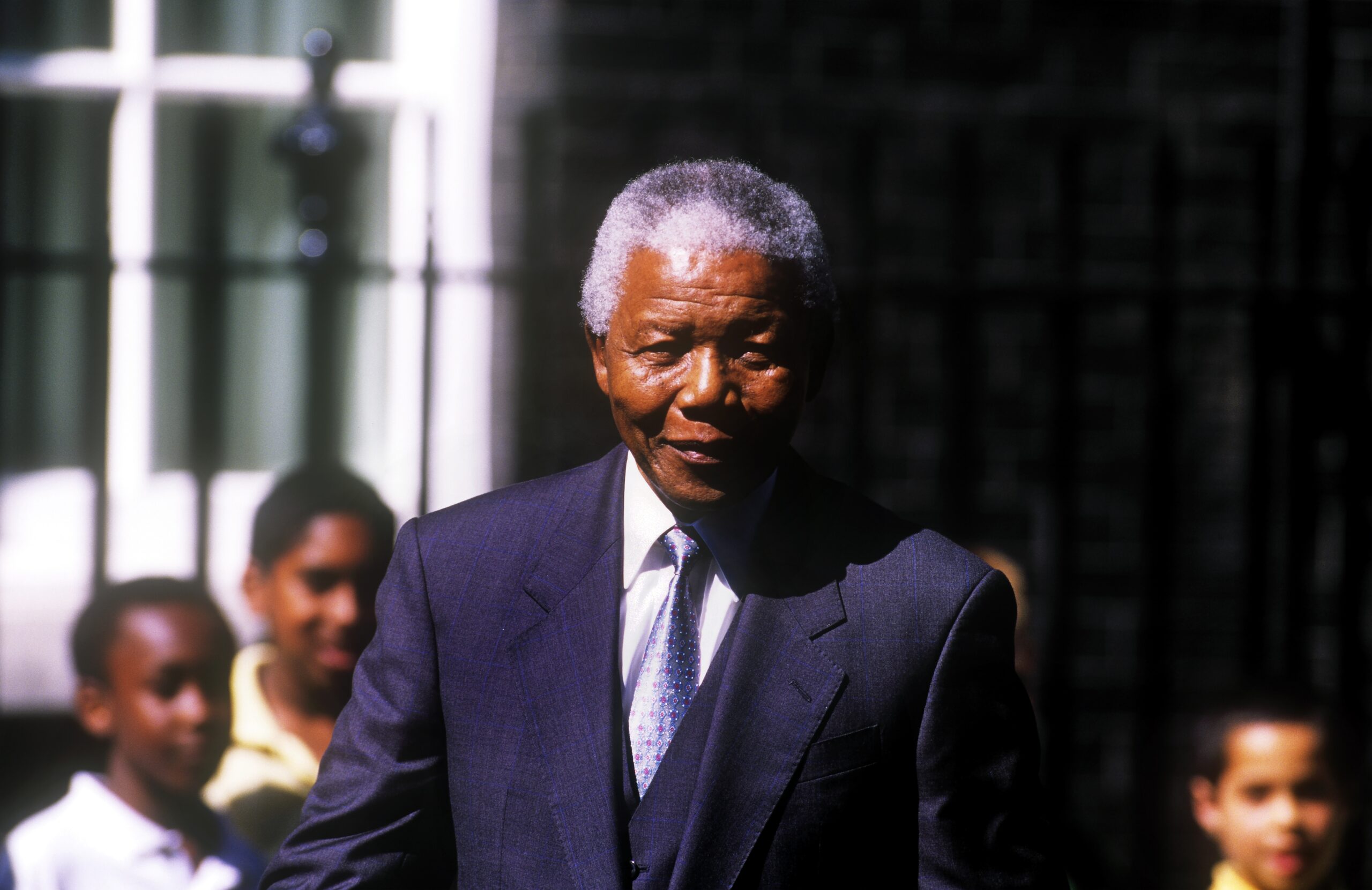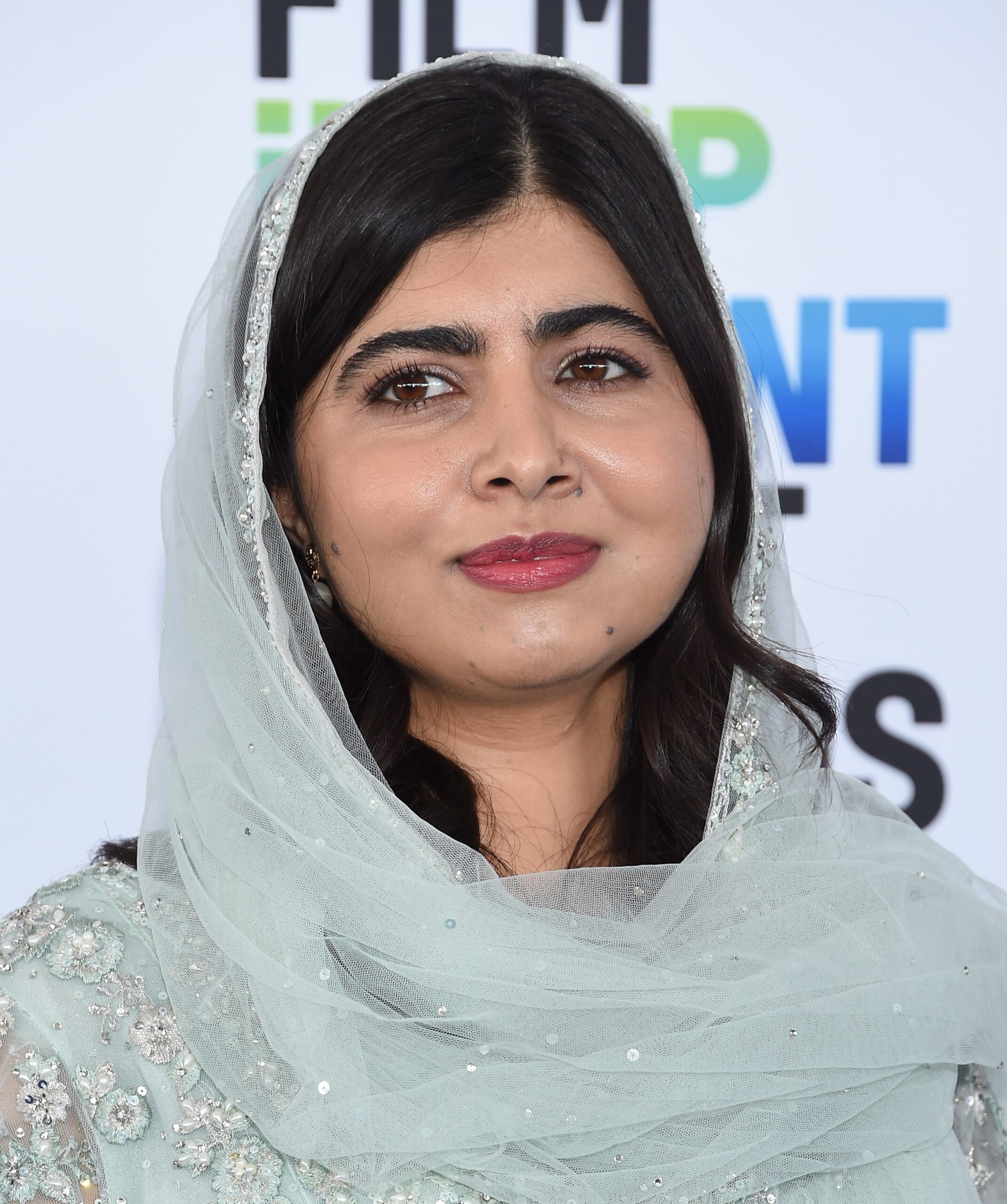
Malala Yousafzai: The Girl Who Fought for Education
At just 15 years old, Malala Yousafzai was shot in the head for speaking out about girls’ right to go to school. Many would have gone silent after such a brutal attack — but Malala chose to speak even louder. She survived, stood tall, and became a global advocate for education, peace, and girls’ rights.
In this blog, we explore her journey from a small town in Pakistan to the halls of the United Nations, and how her courage has inspired a generation to fight for the right to learn.
Outline
- Growing Up in the Swat Valley
- Life Under the Taliban
- Blogging for the BBC: A Hidden Voice Emerges
- The Attack That Shook the World
- Recovery, Resilience, and Rising Again
- Global Advocacy and the Nobel Peace Prize
- The Malala Fund: Turning Vision into Action
- Final Reflections
Growing Up in the Swat Valley
Malala Yousafzai was born in 1997 in Mingora, a city in the Swat Valley of Pakistan — a beautiful region known for its mountains, rivers, and rich culture. Her father, Ziauddin Yousafzai, was a teacher and school owner who instilled in her a love for learning from an early age.
Unlike many girls in her region, Malala had access to books, ideas, and a strong role model who believed education was a right, not a privilege.
“I have the right to go to school,” she once told her father, and he agreed without hesitation.
Life Under the Taliban
In 2007, when Malala was just ten, the Taliban took control of the Swat Valley. They enforced strict interpretations of Islamic law, banning:
- Girls from attending school
- Women from shopping unaccompanied
- Music and entertainment
Schools were bombed, fear spread, and many families withdrew their daughters from education out of terror. But Malala refused to accept this fate.
She believed that silence in the face of injustice was its own kind of defeat.
Blogging for the BBC: A Hidden Voice Emerges
In 2009, at just 11 years old, Malala began writing an anonymous diary for the BBC Urdu service under the pseudonym “Gul Makai.”
She described:
- Her love of school
- Her fear of the Taliban
- The daily threats her classmates faced
- Her sadness at the closure of local schools
Her words — simple but powerful — offered a rare, first-hand account of life under oppression. They touched hearts around the world.
“I had a terrible dream yesterday… I dreamt that my school was no more,” she wrote.
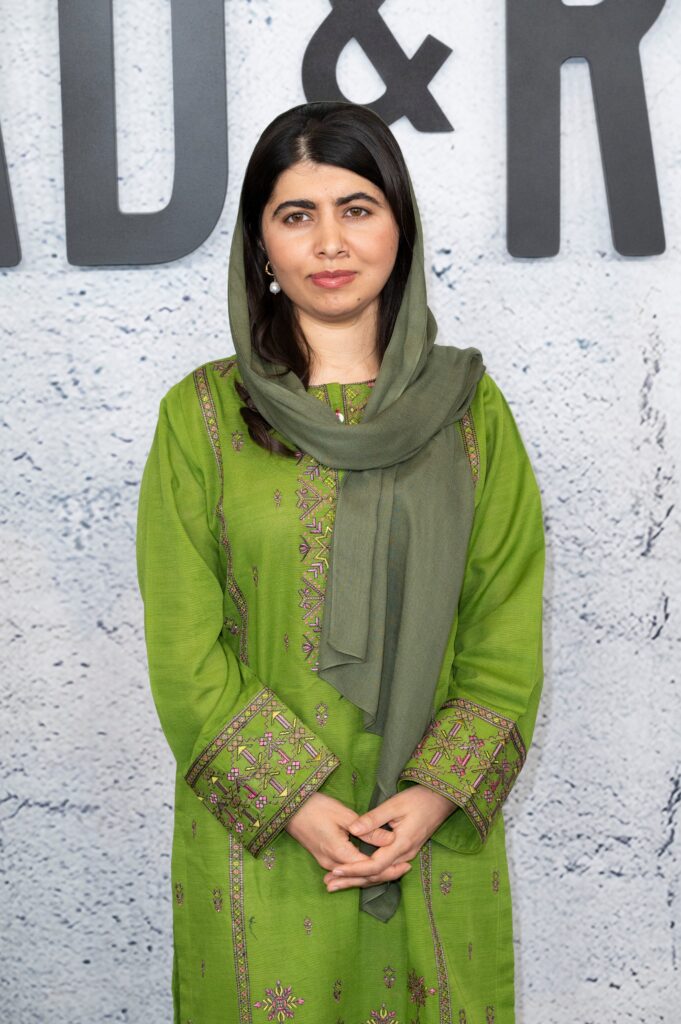
The Attack That Shook the World
By 2012, Malala had become more public in her activism, speaking on television and receiving local awards. But her courage made her a target.
On 9 October 2012, Taliban gunmen boarded her school bus and shot her in the head at point-blank range.
Miraculously, Malala survived.
She was airlifted to the UK, where she underwent multiple surgeries. The attack sparked international outrage, with leaders, celebrities, and citizens standing in solidarity.
But Malala didn’t want sympathy. She wanted change.
Recovery, Resilience, and Rising Again
While recovering in Birmingham, Malala made a bold decision: she would not hide. She would not retreat.
Instead, she:
- Gave interviews
- Wrote a bestselling memoir (I Am Malala)
- Founded a charity
- Returned to school
In 2013, just one year after being shot, she gave a landmark speech at the United Nations, declaring:
“One child, one teacher, one book, one pen can change the world.”
The teenager who had once written anonymously was now addressing the world’s most powerful leaders — by name.
Global Advocacy and the Nobel Peace Prize
In 2014, Malala became the youngest-ever Nobel Peace Prize laureate, at just 17 years old. She shared the honour with Kailash Satyarthi, an Indian child rights activist.
But Malala was not content with awards. She continued to:
- Meet with world leaders
- Visit refugee camps
- Campaign for 12 years of free, safe, quality education for every child — especially girls
She’s also studied at Oxford University, where she earned a degree in Philosophy, Politics, and Economics.
Even as she shaped policy, she never stopped being a student.
The Malala Fund: Turning Vision into Action
Malala co-founded the Malala Fund, which works to:
- Support girls’ education projects in developing countries
- Fund local advocates and educators
- Hold governments accountable
- Provide digital learning tools in crisis zones
The fund has reached millions and continues to expand globally, focusing on countries like Nigeria, India, Pakistan, Ethiopia, and Brazil.
Malala’s mission is simple: “To ensure every girl can learn and lead.”
Final Reflections
Malala Yousafzai is no longer just “the girl who was shot.” She is a global symbol of courage, purpose, and grace. She reminds us that:
- Age doesn’t limit impact
- Education is a right, not a luxury
- Even in darkness, a single voice can spark light
Malala didn’t just survive. She transformed tragedy into a global movement for change.
And she’s just getting started.
